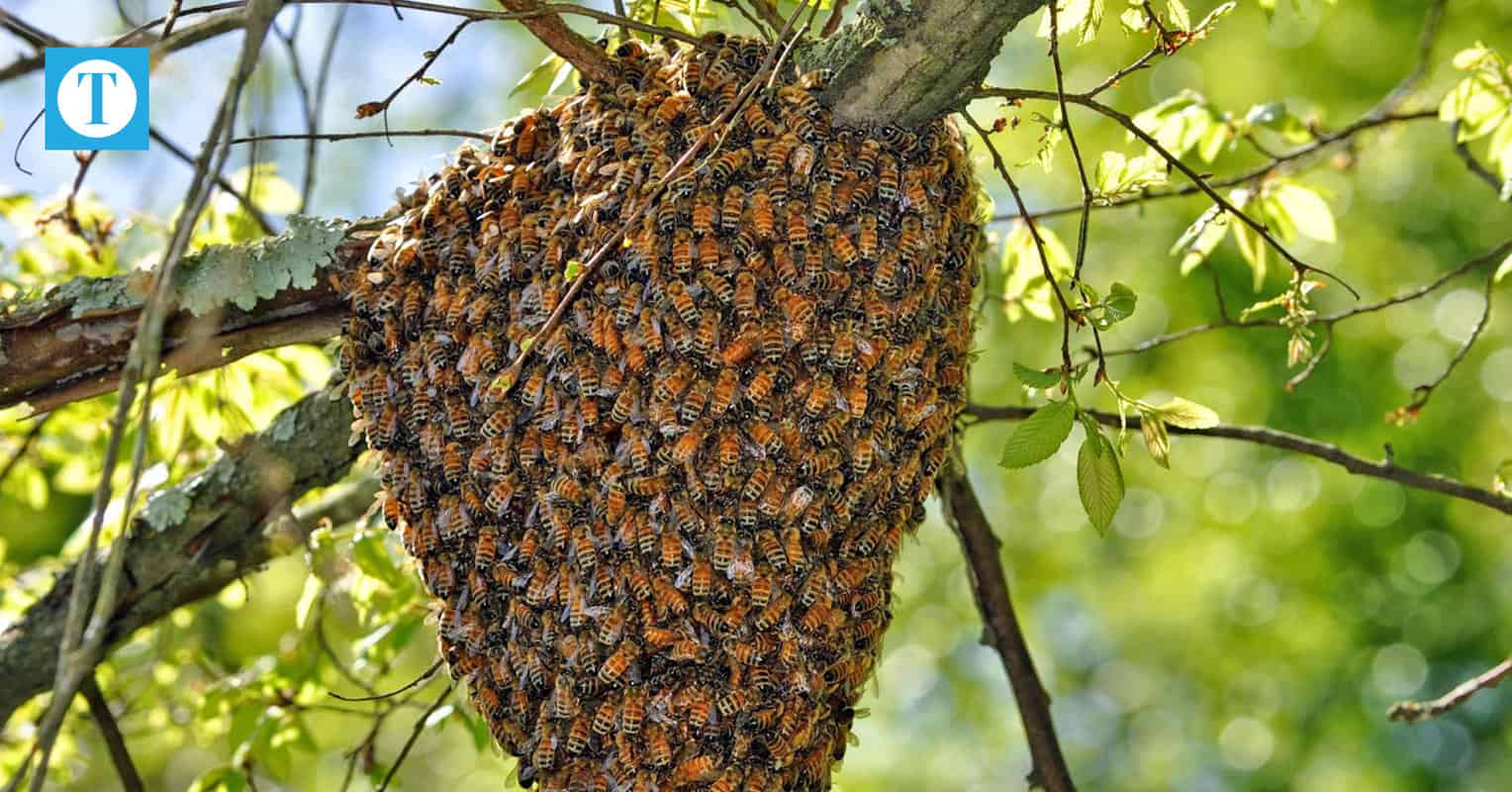As a beekeeper, you may find yourself wondering “when is bee season over?” Knowing when it’s time to wrap up the season is essential for keeping your bees healthy and happy. This article will provide tips and advice for beekeepers to help them determine when the bee season is coming to an end so they can properly prepare their hives and bees for the upcoming winter.
What Time of Day Do Bees Come Out?
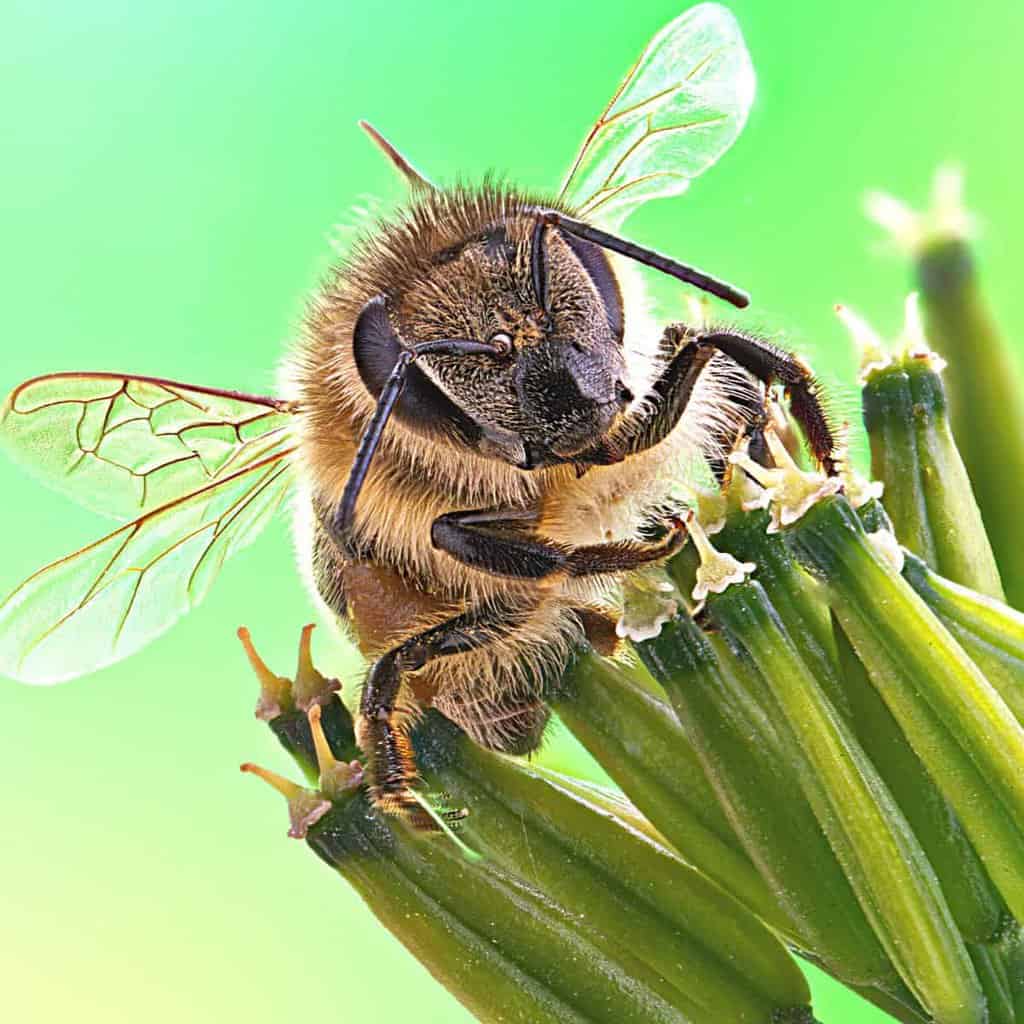
Bees are most active during the day, usually between 10am and 4pm. They are usually out of their hive or nest when the temperature is around 55°F. During the warmer months, bees may be active until as late as 7pm. Beekeepers should take this into consideration when deciding when to end the bee season. To minimize the risk of bee stings, beekeepers should schedule their beekeeping tasks and harvest during cooler times of day, when the bees are least active.
When Are Bees Most Active During the Day?
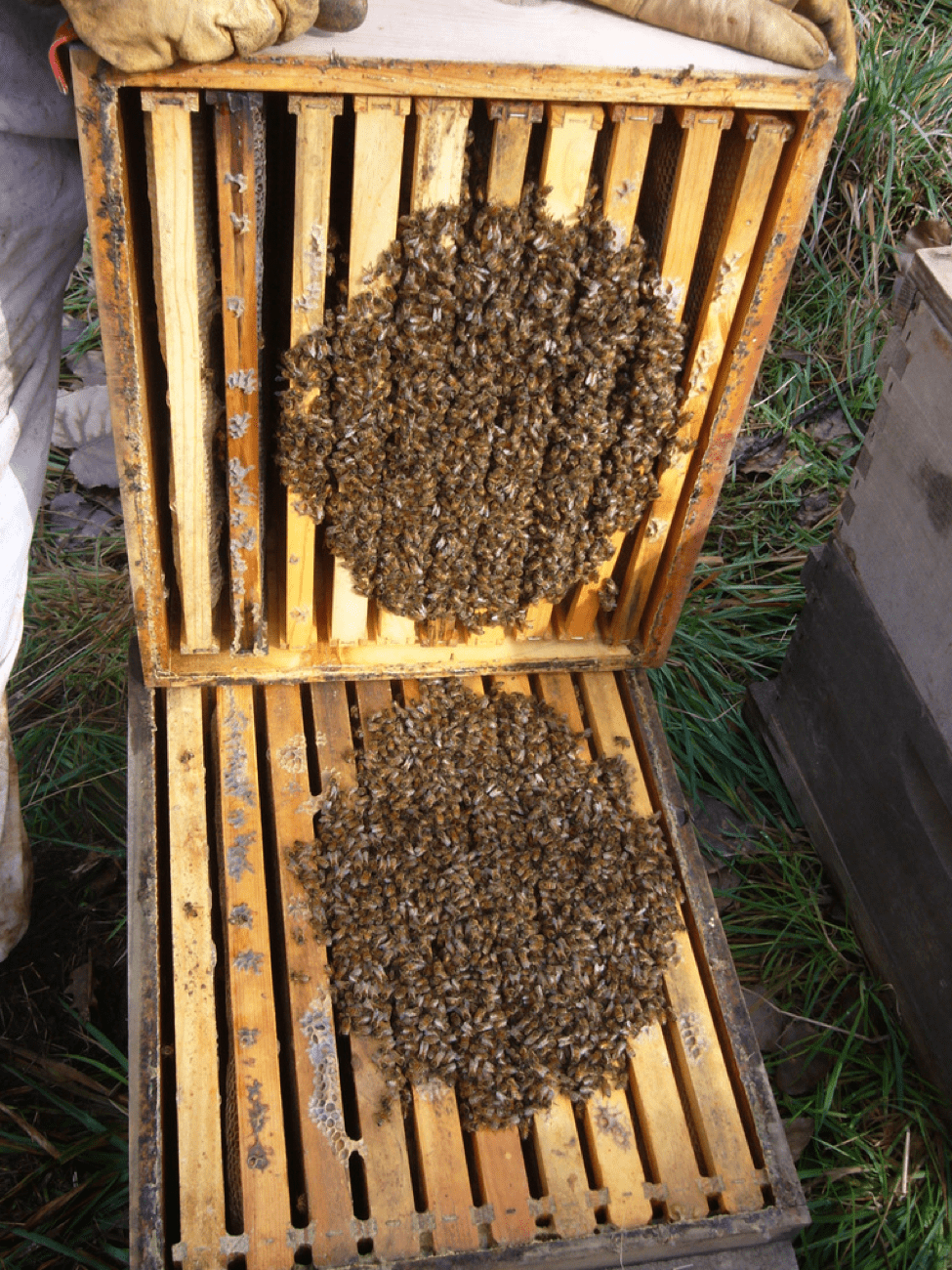
Bees are most active during the day, when the temperature is warm and the sun is shining. Generally, bees are most active between 10 am and 4 pm. To get the most out of beekeeping, beekeepers should plan to be active during these times of the day:
- Early Morning: Bees will start to become active as the sun rises and temperatures start to climb. During this time, beekeepers should focus on inspecting their hives for any signs of disease or pest infestations.
- Mid-Day: When the temperature is at its highest, this is the best time for beekeepers to collect honey from their hives. This is also the best time to observe bees’ behavior and ensure that the hive is healthy.
- Late Afternoon: As the sun starts to set and the temperature drops, bees will start to slow down their activity. This is a great time for beekeepers to check on their hives and make any necessary adjustments.
By understanding when bees are most active during the day, beekeepers can ensure that they are able to get the most out of their beekeeping experience. Additionally, this knowledge can help beekeepers know when it is time to wrap up the season.
When Are Honey Bees Most Active?
- Spring: Honey bees are most active in the spring as the weather starts to warm up and the days are longer. During this time, bees will be gathering nectar and pollen from flowers and plants, and making honey.
- Summer: Honey bees continue to be active throughout the summer months and are still gathering nectar and pollen. This is also when the queen bee is laying eggs and producing more bees.
- Autumn: As the days become shorter, honey bees become less active. They will still be gathering nectar and pollen but not as much as during the summer months. This is a good time for beekeeps to start preparing for the winter months.
- Winter: Honey bees are usually inactive during the winter months, as the weather gets colder and the days become shorter. The bees will huddle together in the hive and stay warm, while the queen bee will be producing fewer eggs.
Beekeepers should be aware of the times of year when honey bees are most active and plan their beekeeping activities accordingly. In the spring and summer months, beekeepers should be on the lookout for new colonies and prepare for the winter months by providing food and shelter for their bees.
What Month Are Bees Most Active?
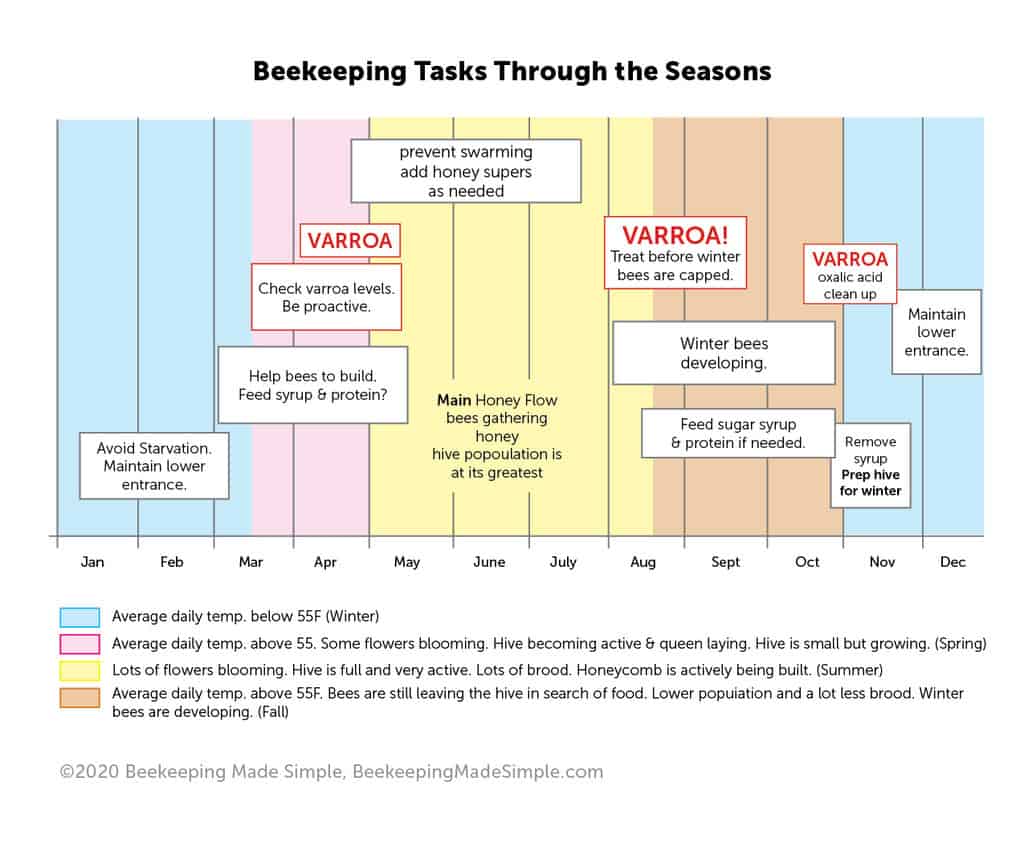
Bees are most active from the months of April to August. During this period, beekeepers should make sure their hives are in good condition, as this is when the bees are most productive. Here are some key things to consider when determining when bee season is over:
- Weather Conditions: Honey bees become inactive when temperatures drop below 50°F (10°C). As the weather gets colder, beekeepers should begin to prepare their hives for winter.
- Nectar Availability: As temperatures fall and nectar sources become scarce, bees become less active and produce less honey. To ensure the health of the hive, beekeepers should start to reduce the size of the hive when nectar sources become scarce.
- Hive Population: As the temperature drops, the hive population will begin to decline. Beekeepers should monitor the hive population and make sure that the number of bees is not too low.
- Winter Preparation: To prepare for winter, beekeepers should reduce the size of the hive and stop feeding the bees sugar water. This will help the bees conserve energy and survive the winter.
By keeping an eye on the weather conditions, nectar availability, hive population, and preparing the hive for winter, beekeepers can get an idea of when bee season is over and when it is time to wrap up the season.
What Time Do Bees Come Out?
| Time of Day | Average Temperature (°F) | Bees Activity |
|---|---|---|
| Early Morning | 40-50 | Active |
| Mid Morning | 50-70 | Highly Active |
| Noon | 70-80 | Most Active |
| Late Afternoon | 70-50 | Less Active |
| Evening | 50-40 | Inactive |
Bees are most active during the daytime and typically come out when the temperature is between 50-80°F. During the early morning and late afternoon, they are less active, while at noon they are at their most active. This is when they are out gathering nectar, pollen, and water. Beekeepers should be aware that when the temperature drops below 40°F, bees will not come out, so they should plan their activities accordingly.
What Time Do Bees Go Away?
The most important factor in determining when bee season is over is when the bees go away.
- Bees are most active during the day, and will usually disappear by sundown.
- The exact time they go away varies, depending on the weather and season.
- In the warmer months, bees will be more active and will stay out later in the evening.
- In the colder months, bees will become less active and will go away earlier in the day.
- Be sure to check the time of sunset in your area to get an idea of when bees will go away.
Once the bees have gone away, it is safe to say that bee season is over and it is time to wrap up your beekeeping activities for the year.
When Do the Bees Come Out?
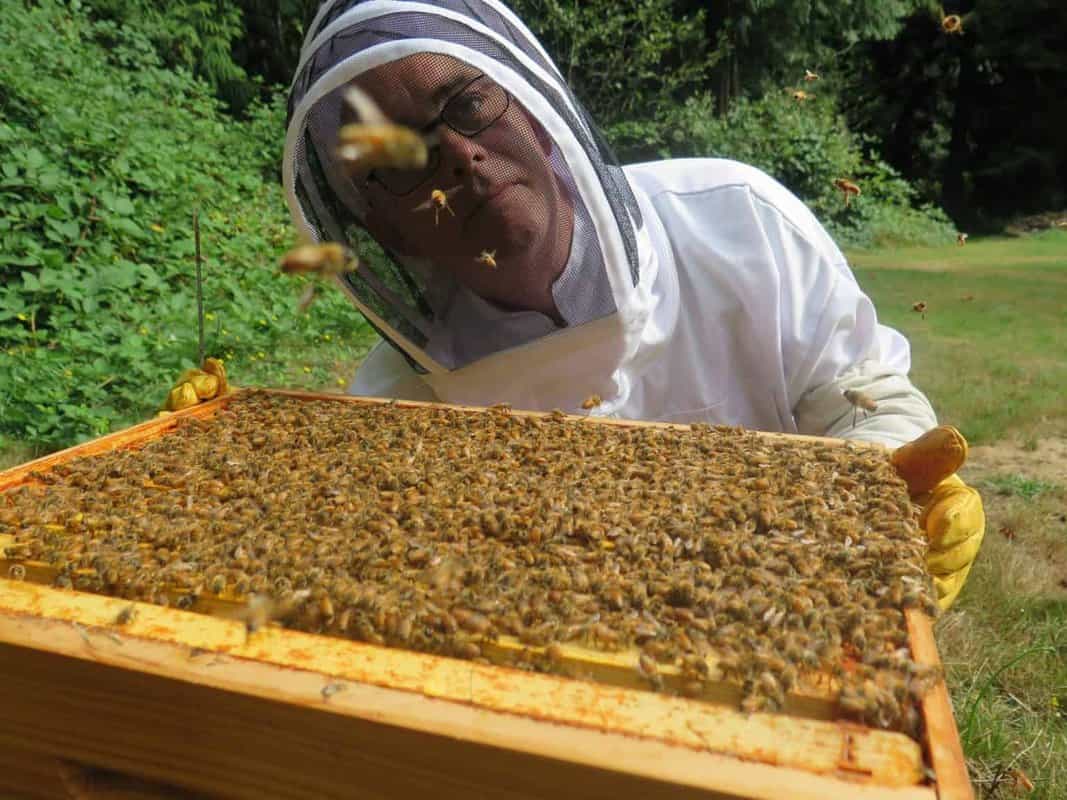
The exact timing of when bees emerge from their hives can vary depending on the location and type of bee. Generally, bees will begin emerging from their hives in late spring or early summer. In colder climates, bees may start to come out as early as April, while in warmer climates, bees may start to come out as late as June.
When It’s Time to Wrap Up the Season
In most climates, bee season begins to draw to a close by the end of August or early September. This is when the flowers have stopped blooming and the temperatures begin to drop. As the temperatures drop, the bees will begin to move back into their hives and prepare for winter. At this point, it is time for beekeepers to start thinking about wrapping up their season.
Beekeepers should begin to check their hives to make sure they are well-maintained and ready for the cold winter months. This includes checking for pests, ensuring that the hive is free of disease, and making sure that the bees have enough food to last them through the winter. Once the hive is properly prepared, beekeepers should close up the entrance to the hive and start to prepare for the next season.
What Time of Day Do Bees Go Away?
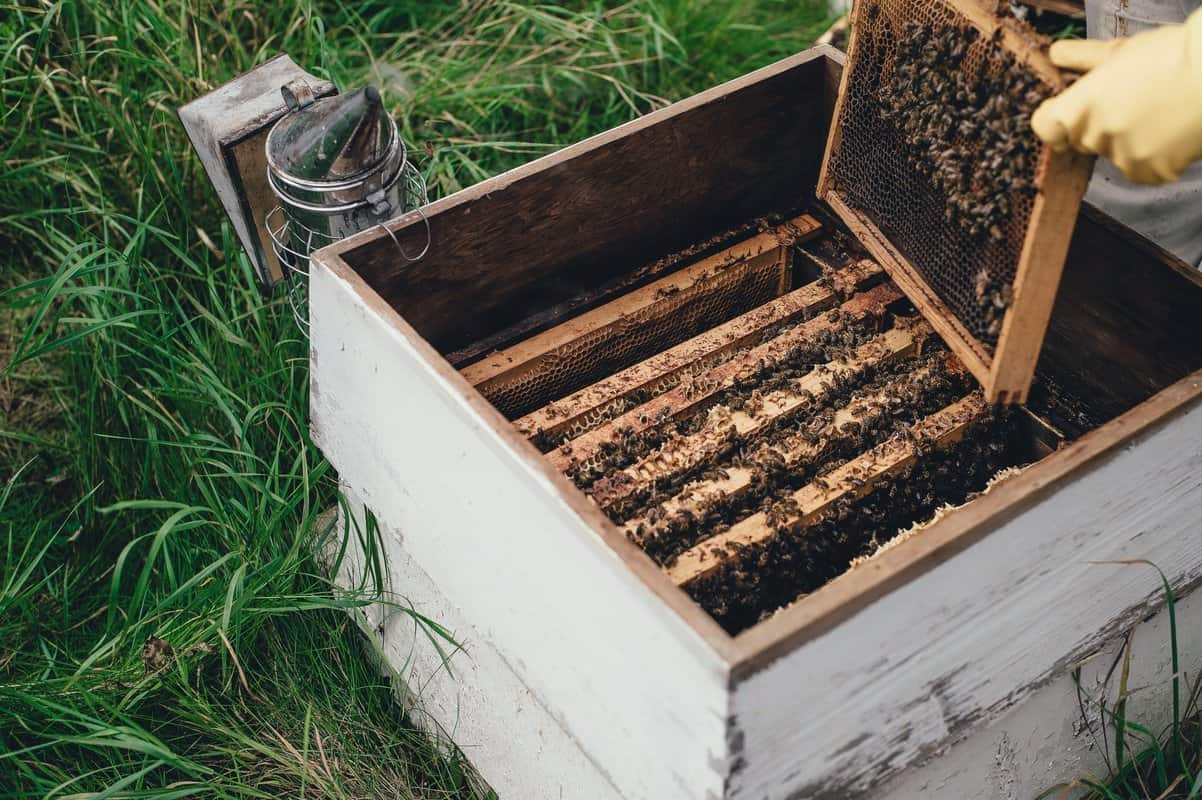
Bees are most active during the day, usually between 10 AM and 4 PM. After this time, they will begin to go back to their hive and settle in for the night. Honey bees become less active as the evening progresses, and they generally go away by sunset. Depending on the season, this can occur between 6 PM and 8 PM. Once the bees have gone away, the beekeeper should start to wrap up the season by bringing in any remaining hives and making sure their equipment is properly stored. This will help reduce the risk of pests or diseases affecting the bees over the winter months.
When Is Bee Season Over?
Understanding when bee season is over is an important part of beekeeping. Knowing when to wrap up the season is essential for the health of your bees and the success of your beekeeping efforts. Here are some tips to help you determine when bee season is over:
1. Monitor the Weather
As temperatures start to drop, bee activity begins to decline. Pay attention to the weather and when it starts to get colder, it’s a good indication that bee season is winding down.
2. Observe Bee Activity
Check your hive to see if the bees are still active. If you don’t see many bees coming and going, it’s a sign that bee season is coming to an end.
3. Watch for Flowering Plants
Bees are attracted to flowering plants and when the flowers start to die, it’s a sign that the bee season is coming to an end.
4. Track the Time of Day
Bees are most active during the day, so if you notice that most of the activity is occurring in the evening or at night, it’s a sign that the season is over.
5. Monitor the Honey Production
As the season winds down, the honey production should start to decline. If you don’t see much honey being produced, it’s a good indication that the season is over.
Knowing when bee season is over is essential for the health and wellbeing of your bees. By monitoring the weather, observing bee activity, watching for flowering plants, tracking the time of day, and monitoring the honey production, you can determine when it’s time to wrap up the season.
Frequently Asked Questions
What are the Signs of a Coming End to the Bee Season?
- Decreasing Nectar Supply: As the nectar supply in the environment decreases, the bees will be less active and produce less honey.
- Cooler Temperatures: As the weather starts to cool off, the bees will be less active and will not be able to forage as much.
- Reduced Feeding: As the bee season nears its end, beekeepers should reduce the amount of sugar syrup they are feeding their bees.
- Decreased Brood Production: The queen bee will stop laying eggs and the number of brood in the hive will start to decrease.
- Harvesting Honey: If the beekeeper has been harvesting honey throughout the season, they may notice that the honey production has slowed down or stopped altogether.
How can I protect my bees from the cold weather?
1. Insulate: Make sure to properly insulate the hive by covering it with a thick layer of insulation material such as straw or hay. This will help to retain heat and protect the bees from the cold.
2. Feed: Make sure to have a steady supply of food for your bees throughout the cold season. This will help to keep them nourished and give them enough energy to stay warm.
3. Ventilation: Make sure the hive is properly ventilated to avoid excess moisture, which can cause the bees to become chilled.
4. Wrap the hive: Wrap the hive in a layer of protective material, such as burlap or other breathable fabric. This will help to keep the hive warm and protect the bees from the elements.
5. Move the hive: Move the hive to a sheltered location, such as a garage, shed, or other covered area, to help protect the bees from the cold. This should be done before the temperatures drop too low.
What should I do with my hives at the end of the season?
Beekeepers should assess the strength of their hives before winter and make sure there are enough bees to carry them through. Ensure the hive is well insulated and the entrance is blocked off to prevent cold drafts. Provide adequate food for the bees, either in the form of honey or sugar water. Additionally, beekeepers should check for pests and diseases and treat accordingly. Finally, beekeepers should make sure the hive is level and secure, as any movement could destabilize it.
What is the Best Way to Clean My Beekeeping Equipment?
Using a mixture of hot water and bleach is the most effective way to clean beekeeping equipment. Be sure to wear protective gloves when handling the bleach and rinse the equipment thoroughly with clean water afterwards. Additionally, you should disinfect the equipment with a solution of one part vinegar and nine parts water, or a mixture of one part hydrogen peroxide and eight parts water. Finally, you should let the equipment dry in direct sunlight to ensure any remaining bacteria is killed.
How can I ensure a successful start to the next bee season?
Before the season ends, beekeepers should take steps to ensure that their hives are well-prepared for the next season. This includes checking for diseases, mites, and pests that can affect the health of the hive, as well as ensuring that the hive has enough food stores for the winter. Additionally, beekeepers should inspect and repair any damaged equipment, and make sure that the bee colony has enough space for growth. Finally, beekeepers should consider artificial feeding if the hive is not able to produce enough honey to sustain itself over the winter.
Conclusion
Bee season can vary from region to region, and even from year to year. Beekeepers should pay close attention to the weather patterns, their hive activity and the availability of nectar and pollen to determine when their bee season is over. By following these tips, you can ensure that you and your bees will have a safe and successful bee season.
References
- Heckel, David. “When Is Bee Season Over? Tips for Beekeepers to Know When It’s Time to Wrap Up the Season.” University of Florida Institute of Food and Agricultural Sciences, 2017.
- U.S. Fish and Wildlife Service. “Beekeeping.” U.S. Fish and Wildlife Service, 2017.
- Department of Entomology, University of Kentucky. “Beekeeping Basics: Management Practices and Important Considerations.” University of Kentucky, 2017.
